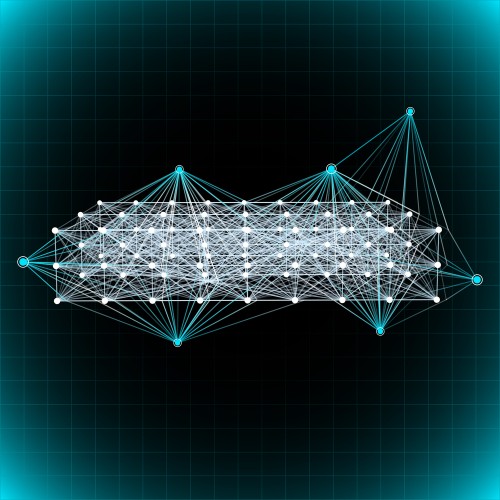What is the connection between curing cancer, the behavior of financial markets, the activity of neurons in the brain and technological acceleration? The Complexity Research Conference held this week at Tel Aviv University came to answer exactly this question.

In a multi-participant conference held this week at Tel Aviv University under the name "Let the complex be simple", international researchers for the study of complexity took part. Among other things, the conference emphasized the strengthening of cooperation between Israel and Italy, and among the speakers were also senior Italian researchers and even the Italian ambassador.
The field of complexity deals with systems that contain many details that affect each other. A complex system can be a biological body that is made up of many cells that interact with each other (like for example the brain that is made up of interconnected neurons), and it can also be a system like the capital market, where the stocks, indices and other assets are correlated and influence each other's price . The study of complexity can deal with relatively small and "simple" systems such as the movement of particles in a hot cup of tea, to huge chaotic systems such as the weather or the dynamics of galaxies.
Among the outstanding and inspiring lectures at the conference was the lecture by Professor Eshel Ben-Yaakov, who is considered one of the leading researchers in the world for the study of complexity. Ben-Yaakov provided a glimpse of his pioneering research in the field of cancer research and ways to decipher the coding that allows cancer cells to communicate with the rest of the body's cells and in particular with the immune system, which allows these destructive cells to continue to reproduce.
Cancer cells have a "social network", meaning that the cancer cells communicate with each other and together form a complex system that functions as a collective, this is what gives a cluster of cancer cells their strength and allows them to take over and eventually destroy the entire body. According to Ben-Yaakov, when the communication and interactions between cancer cells are intelligently interrupted or disrupted, the activity of the cancer "collective" can be stopped. Ben-Yaakov's research is currently one of the biggest promises in the world for how to deal with the disease.
Among the prominent names on the list of researchers at the conference was Dr. Yoash Shapira, whose research in the field of econophysics (a field that deals with the connection between physics and economics) is a pillar in the study of capital markets. Shapira, who conducts research together with Dr. Git Gur Gershgoran, director of the economic department at the Securities Authority, contributes to the study of the Israeli stock market and its efficiency.
Another speaker at the conference who dealt in the field of financial market research was Dr. Dror Kenneth, who described how manipulations occur in financial markets. The connections between the stock indices and the individuals that make them up is complicated. Ostensibly, the stock indices (for example NASDAQ, TA 25, etc.) are supposed to be a type of sophisticated average of all the stocks that make them up and move according to the stock's activity. But when you look at the long term, according to Kenneth, you can see that what actually happens is the opposite - the behavior of the indices are the ones that affect the movement of stock prices.
Also, Kenneth's model deals with the differences between short-term and long-term interactions. The modeling of short-term stock movements, also known as High Frequency strategies, is currently a focus of interest for many stock market investors. This is because in recent years most trading in the stock market has become computerized. The computer gives investors a clear advantage over human traders (an advantage that is reflected in quick reaction time and dealing with psychological effects). Today over 80% of the trading in the world's markets is carried out by robots and generates astronomical trading cycles of trillions of dollars per year.
In the lecture of researcher Professor Shlomo Havlin, he spoke about "networks of networks", this field of research deals with the dynamics and modeling of a network consisting of smaller networks. According to him, this field has become one of the hottest areas in science in recent years. This is because both natural systems and technological systems consist of a large number of sub-systems and layers linked to each other in complicated relationships, and therefore it is important to take these characteristics into account when trying to accelerate technological progress or understand complex natural systems such as the human body.

3 תגובות
In the Arab Spring, we predicted the power of the transformation between two extreme situations: a military dictatorial regime and an extreme religious regime.
The variable parameter was the country's unemployment rate.
Well, you can try it for a lottery win, put all the data of all the teams into the system (the results received so far) and see if it manages to guess with a high enough level of accuracy the results of the games for the coming week (in such a way that over time the sender will earn significant amounts).
Finally, important news. An article was published on Arxiv that predicts the results in each country in the Arab Spring from non-linear equations called the catastrophe equations.